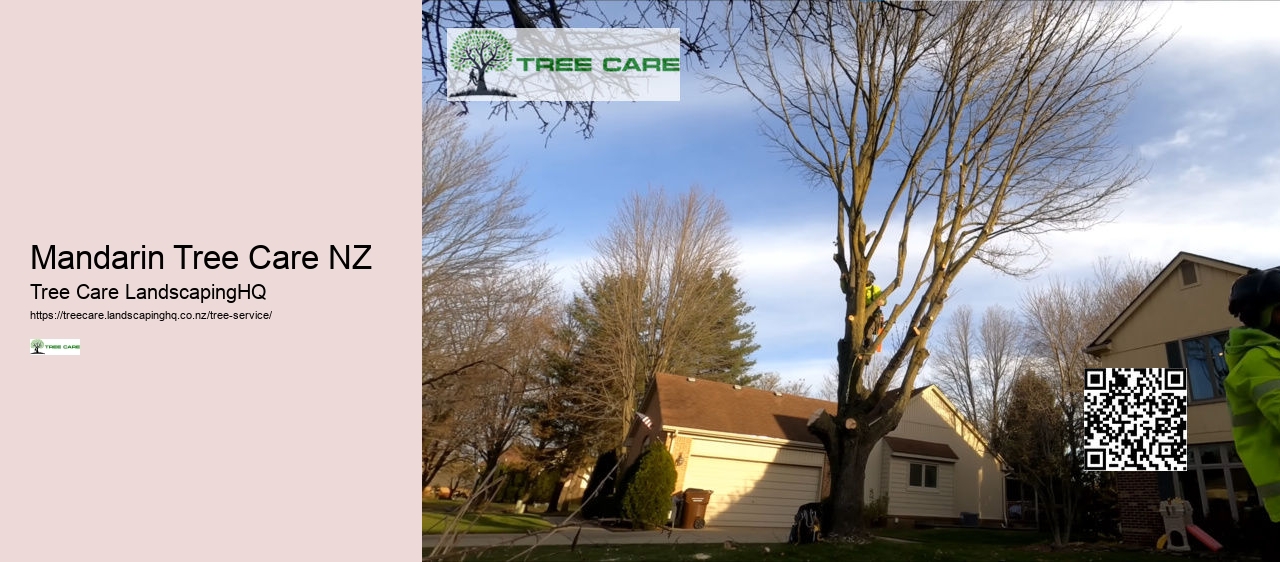
This method is crucial when working on larger trees or when performing tasks that require us to be suspended off the ground for extended periods.
Monitoring the health of trees is key in ensuring their longevity and vitality, especially following a well-planned tree pruning schedule. Implementing proper tree crown thinning techniques is essential for maintaining the health and aesthetics of your trees. One crucial method is regular pruning to remove dead or diseased branches, promoting healthy growth and reducing the risk of disease spread. Our arborists are trained to handle emergency situations with precision and efficiency, ensuring the safety of both your property and the surrounding environment.

The leaves are a good way to identify the species of tree. The goal is to bring the tree back to health and to prevent further damage. This involves selectively removing the branches of the tree to allow for more air flow and increased light penetration. Trust our arborists to deliver expert disease diagnosis and effective treatment solutions tailored to your specific tree care needs. By closely inspecting the tree's overall health and any visible signs of distress, we can determine the specific disease affecting the tree.
By analyzing the soil composition, pH levels, and nutrient deficiencies, we can tailor our fertilization approach to address the individual needs of each tree. In addition to species selection, proper planting techniques are crucial for the successful establishment of trees.
Our arborist services will ensure that the tree trimming is done with precision and expert knowledge to improve the overall health of your trees.

When planning tree planting, our arborists prioritize selecting the right species for optimal growth and longevity. Our team specializes in efficiently clearing land to make way for new landscaping projects. It helps to maintain their structural integrity, beauty, and health. By choosing the appropriate species, we aim to minimize future issues such as overcrowding, root damage, or susceptibility to diseases.
We can diagnose the problem and select the best control method by closely examining the tree to see the damage patterns. Our fertilizers are tailored to the growth stage of the tree. At Tree Care by Landscaping HQ, we specialize in efficiently removing tree stumps to enhance the aesthetics and safety of your outdoor space.
One common method we use for tree species identification is by examining the leaves. Our expertise includes tree health assessment, pruning techniques, disease diagnosis, insect infestation control, and emergency care, all delivered with a focus on sustainability and professionalism. Our team specializes in restoring trees damaged by storms, ensuring prompt and effective recovery.
Our team of experienced arborists is well-versed in distinguishing between various tree species based on their unique characteristics such as leaf shape, bark texture, and branching patterns.
By analyzing these features, we can accurately determine the species of tree and provide the appropriate care it needs. During a tree risk assessment, we look for signs like dead branches, cracks in the trunk, or leaning that could indicate a tree is unstable. We do this to ensure no unsightly remnants remain, so future landscaping can be done with a clear slate. Our experts will identify potential issues and recommend the best course-of-action to ensure that the trees we care for are healthy in the long term.
For example, we can differentiate between a maple tree and an oak tree by closely observing the differences in their leaves. By partnering with us for arborist consulting, property owners can rest assured that their trees are in capable hands, receiving the care and attention they deserve.

Once the pest insect has been identified, we will carefully examine all the available control options. Implementing measures to protect the root system and trunk from damage, such as fencing off the area or using mulch, can help maintain the tree's health.

Removing all the leaves from a tree, known as defoliation, can stress the tree and affect its ability to photosynthesize and produce food. While some trees can recover from defoliation, it's generally not recommended as a standard practice and should be avoided whenever possible.
Arborists may work in various settings, including residential properties, commercial landscapes, public parks, and forested areas. The specific work environment depends on factors such as job duties, client needs, and specialization.
If a neighbor's tree falls onto your property and causes damage, it's advisable to document the incident and notify your neighbor. Depending on local laws and circumstances, responsibility for damages may vary.
Arborists may earn higher salaries in regions with high demand for tree care services, such as densely populated urban areas or regions with extensive tree cover. Factors such as cost of living and competition can also influence earning potential.